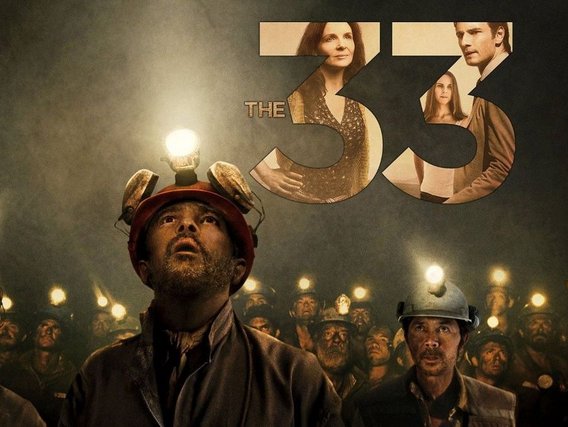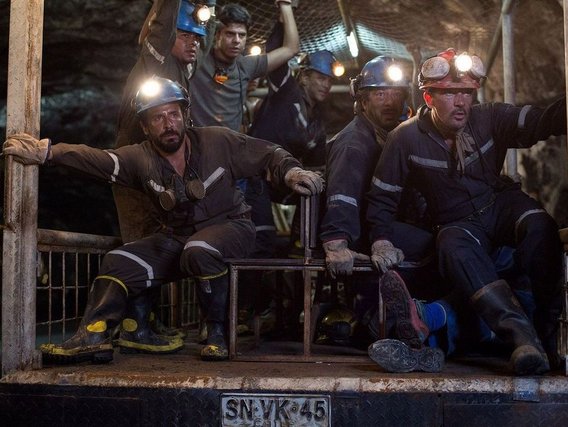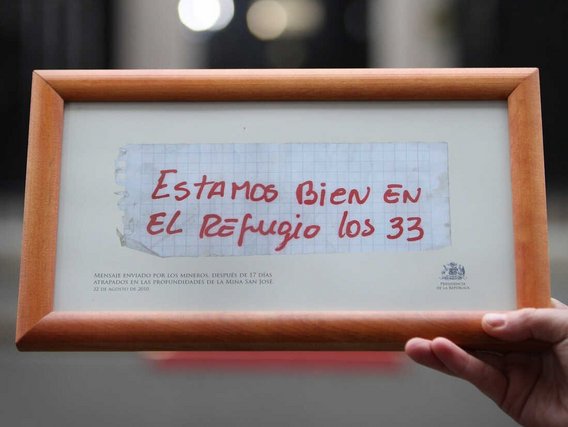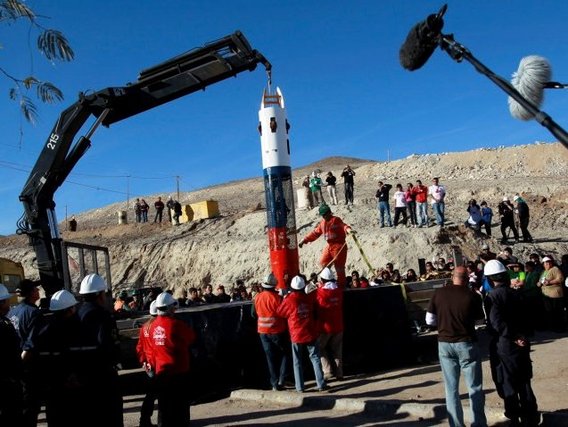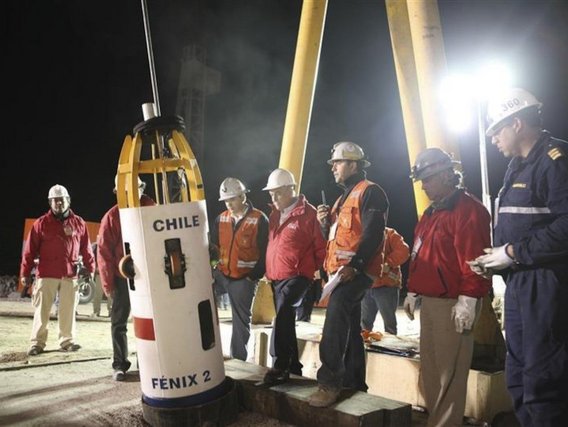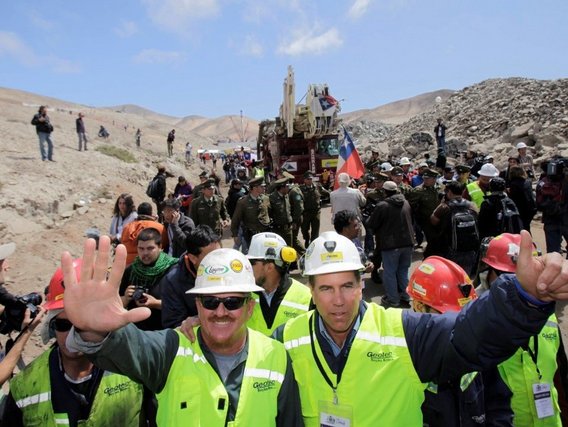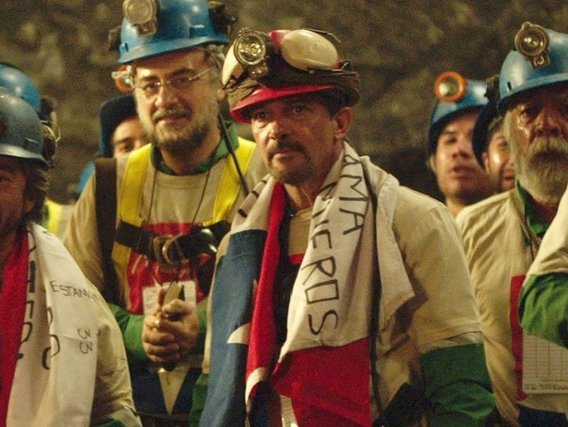In 2015, the story of the miners was brought to the screen in the movie "The 33", starring Antonio Banderas as Mario Sepúlveda, one of the miners' leaders. Although the movie was a commercial success, it did not escape controversy and criticism.
The choice of an international cast, with actors such as Antonio Banderas, Frenchwoman Juliette Binoche and Brazilian Rodrigo Santoro, generated controversy. Many critics questioned the lack of Chilean actors in central roles, arguing that this compromised the cultural authenticity of the narrative. In addition, the fact that the film is mostly in English, but with the actors trying to adopt Spanish accents, was also criticized for seeming artificial and detracting from the immersion in the story.
However, despite these criticisms, Banderas' performance was widely praised, and the film managed to convey the drama and heroism of the rescue operation. The production highlighted the resistance of the miners and the extraordinary efforts of their families and the rescue teams.
Despite its success, many Chileans were angry with the film because some of the victims of the accident claimed that the studio responsible for the film made them sign lifetime image rights clauses but did not compensate them satisfactorily.
